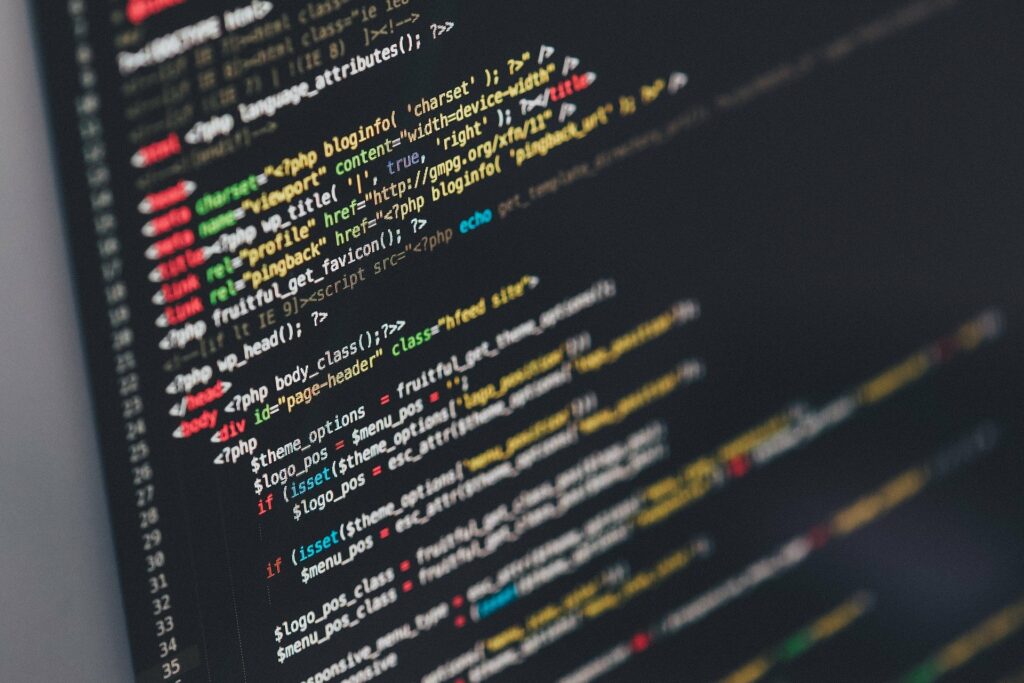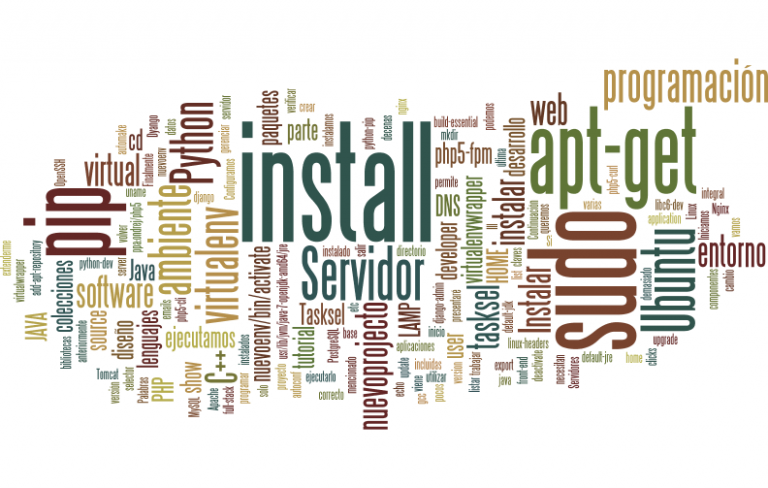Continuación de la parte IV del tutorial Ubuntu como entorno de programación y diseño web
Palabras claves: programación web, diseño web, entorno de desarrollo, Ubuntu, front-end developer, full-stack developer, Ruby, Rails, Node, Javascript.
Parte I | Parte II | Parte III | Parte IV | Parte V | Parte VI | Parte VII
Instalar Ruby y Rails
 Estas son las instrucciones de https://gorails.com/setup/ubuntu/14.04. Primero vamos a instalar unos paquetes necesarios:
Estas son las instrucciones de https://gorails.com/setup/ubuntu/14.04. Primero vamos a instalar unos paquetes necesarios:
sudo apt-get install git-core curl zlib1g-dev build-essential libssl-dev libreadline-dev libyaml-dev libsqlite3-dev sqlite3 libxml2-dev libxslt1-dev libcurl4-openssl-dev python-software-properties libffi-dev
Ahora instalamos Ruby y Bundler
git clone https://github.com/rbenv/rbenv.git ~/.rbenv echo 'export PATH="$HOME/.rbenv/bin:$PATH"' >> ~/.bashrc echo 'eval "$(rbenv init -)"' >> ~/.bashrc exec $SHELL git clone https://github.com/rbenv/ruby-build.git ~/.rbenv/plugins/ruby-build echo 'export PATH="$HOME/.rbenv/plugins/ruby-build/bin:$PATH"' >> ~/.bashrc exec $SHELL git clone https://github.com/rbenv/rbenv-gem-rehash.git ~/.rbenv/plugins/rbenv-gem-rehash rbenv install 2.3.1 rbenv global 2.3.1
Testamos que está todo correcto:
ruby -v
E instalamos Bundler:
gem install bundler
Ahora es el turno de Rails:
curl -sL https://deb.nodesource.com/setup_4.x | sudo -E bash - sudo apt-get install -y nodejs gem install rails -v 4.2.6
Para disponibilizar los ejecutables rails escribimos:
rbenv rehash
Testamos que está todo correcto:
rails -v
Si queremos usar MySQL en vez de sqlite3 instalamos:
sudo apt-get install mysql-server mysql-client libmysqlclient-dev
Luego actualizamos el archivo config/database.yml de nuestra aplicación con el usuario y clave correspondiente.
Instalar Node.js Javascript
Si queremos instalar la plataforma de Javascript Node.js https://nodejs.org/en/ para desarrollos front-end o back-end es sólo ejecutar estos comandos:
sudo apt-get update sudo apt-get install nodejs sudo apt-get install npm
Mean.js
Mean.js es un JavaScript full-stack que sirve para programar aplicaciones web usando MongoDB, Express, AngularJS, and Node.js. Se puede descargar de http://meanjs.org/ y para instalarla voy a preparar otro tutorial 🙂
Seguimos a: Ubuntu como entorno de programación y diseño web – PARTE VI



5 respuestas a «Ubuntu como entorno de programación y diseño web – PARTE V»
Información Bitacoras.com
Valora en Bitacoras.com: Ubuntu como entorno de programación y diseño web – PARTE V programación web, diseño web, entorno de desarrollo, Ubuntu, front-end developer, full-stack developer, Ruby, Rails, Node, Javascript
[…] I | Parte II | Parte III | Parte IV | Parte V | Parte VI | Parte […]
[…] I | Parte II | Parte III | Parte IV | Parte V | Parte VI | Parte […]
[…] I | Parte II | Parte III | Parte IV | Parte V | Parte VI | Parte […]
[…] I | Parte II | Parte III | Parte IV | Parte V | Parte VI | Parte […]